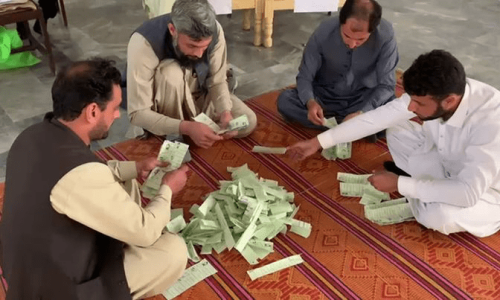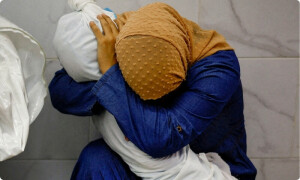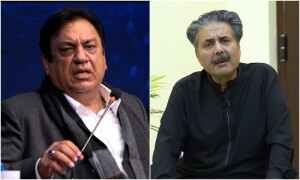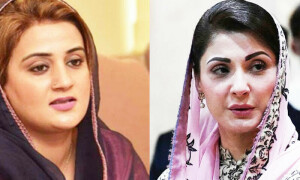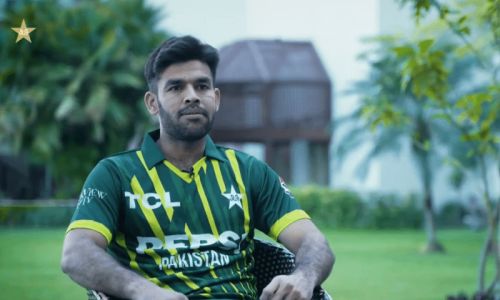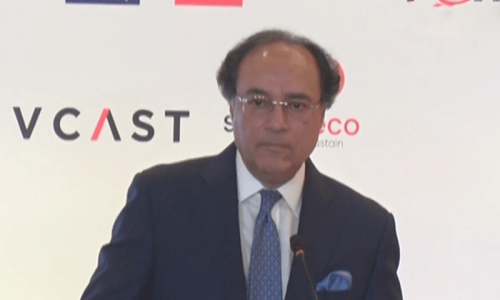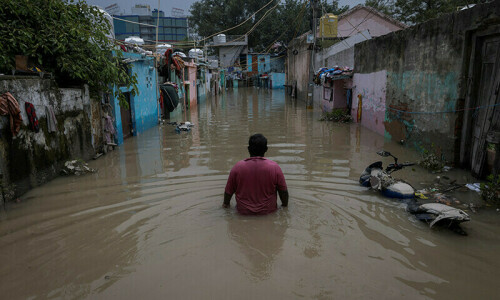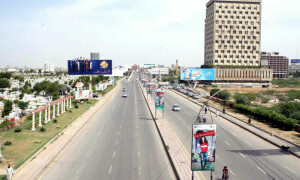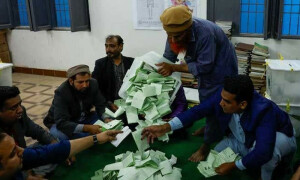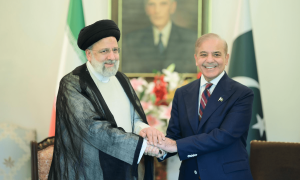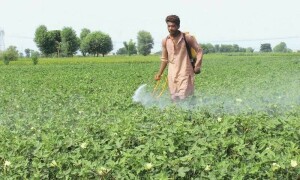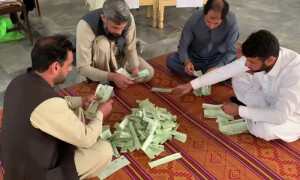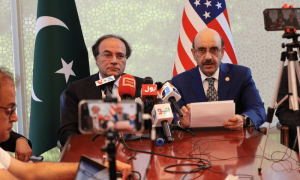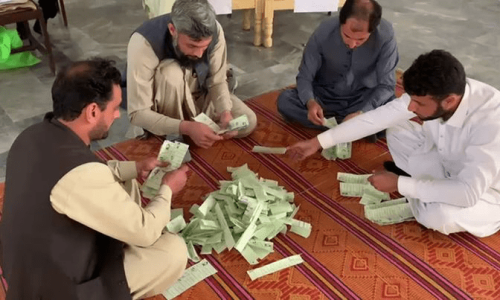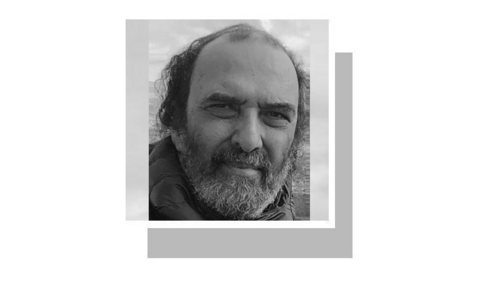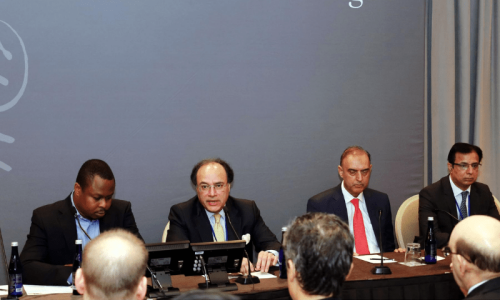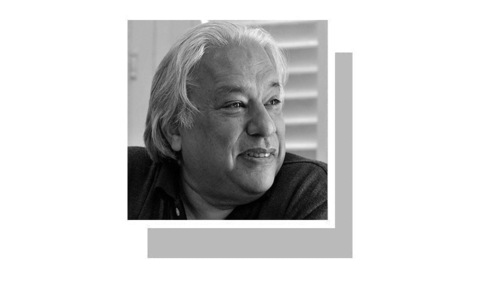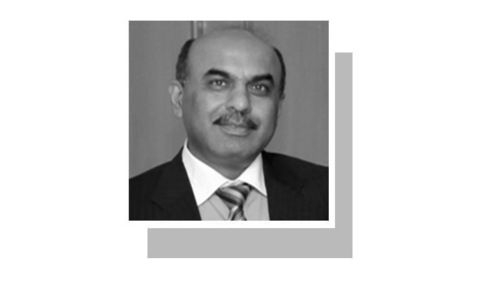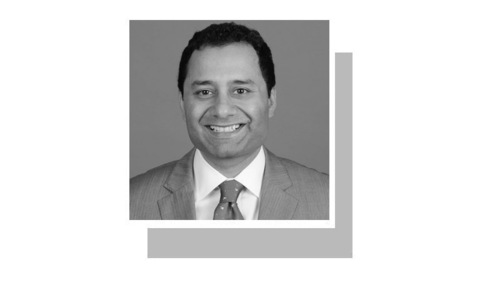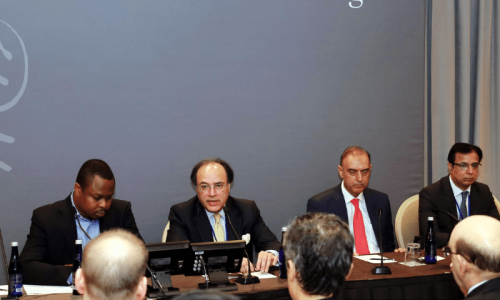THE nature of the peril may have undergone a change, even if temporary, but journalists around the world continue to work in hostile environments. A number of organisations that fight for the rights of journalists to report without fear of violence or repression have documented a steep drop in fatalities compared to previous years. According to the International News Safety Institute, compared with 112 last year and 101 the year before, 68 journalists and media workers were killed in 2017, with the most fatalities occurring in Afghanistan, Mexico, Iraq, Syria and the Philippines. The number of women journalists who were killed, however, whether in the line of duty or deliberately targeted, was markedly higher. Nine, which constitutes 13pc of the total, were women, proportionately higher than in 2016 and 2015, when women made up 3pc and 10pc respectively of the total. However, fatalities alone give an incomplete picture of the state of the media. Attempts to gag the press have escalated alarmingly with Turkey heading the list of countries with the most journalists behind bars — 73 out of 262 — according to a recent report by the Committee to Protect Journalists.
Similarly, Pakistan remains a minefield for media professionals despite a second consecutive year having nearly gone by during which no journalist died in retaliation for their work. The World Press Freedom Index still places it among the most dangerous countries in the world for journalists. That appears a fair assessment for a number of reasons. As long as the murders of scores of journalists over the years go uninvestigated, let alone prosecuted, the threat of violence from various quarters — extremist groups, elements of the security establishment, insurgents, criminal gangs, etc — remains ever present. Only in three instances have the murderers of journalists been called to account. Such impunity means that media persons continue to look over their shoulder; some drop out of the profession altogether; others exercise self-censorship. Threats from militants still prevent media persons who had to move out of Fata during the military operations from returning home. Journalists have been forcibly disappeared and physically assaulted during this year. In Balochistan, practising journalism has become ever more hazardous after insurgent groups vowed retaliation against newspapers for the ‘blackout’ on news about their activities. The government, meanwhile, mouths platitudes about its respect for the freedom of the press, even as it takes no substantive measures to protect the fourth estate.
Published in Dawn, December 22nd, 2017

